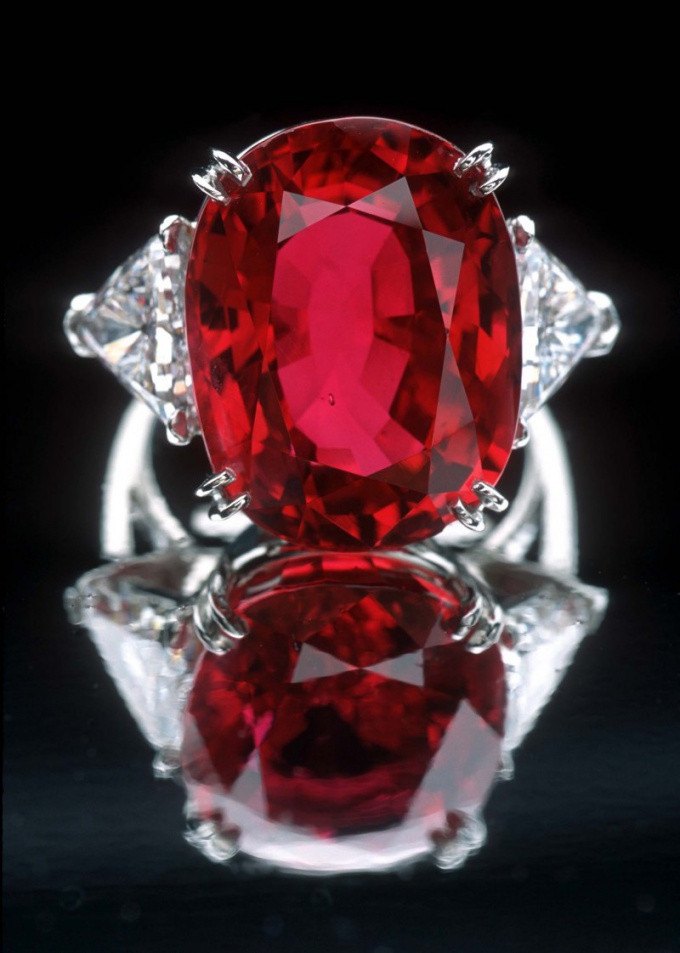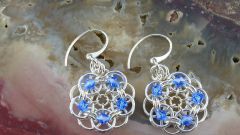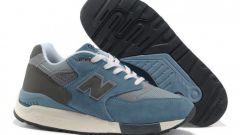You will need
- — glass vessel;
- — cow's milk;
- — light source;
- — UV lamp.
Instruction
1
Keep in mind that a clean, bright and thickly painted large rubies come across some very rare and are extremely expensive. High-quality stone is a rich scarlet color is unique. A ruby weighing just one carat is valued far above the same weight of a diamond.
2
Place a ruby in a glass jar. It will spread a slight reddish glow.
3
Put the ruby in cow's milk. The milk should take on a pinkish tinge.
4
Look at ruby at different angles. Genuine stone at one angle it will look dark red and the reverse side is pale.
5
Hold the ruby in his hand. Real ruby is heavier and denser than an imitation of or similar to a stone.
6
View deep ruby. A crack in the counterfeit will be clearly visible, straight and shining. Bubbles are round, open and white (sometimes transparent). In this ruby hair line crack will take a zigzag shape. Bubbles are rare, they are almost invisible, as are the same color as the stone in which they are located. The layers of this ruby straight, as if drawn. In fakes they are circular.
7
Touch of ruby (some experts even suggest putting it on the eyelid). A real ruby will stay cool due to the compact molecular structure. Fake warms up quickly.
8
Place the stone under an ultraviolet lamp. Fake ruby will be orange.
Note
Ruby - gem of the first class, the second after diamond in hardness place. As imitations of ruby using diverse synthetic stones and glass, and cheap natural stones - garnets (pyrope and almandine), tourmaline rubellite, and ruby spinel.
Useful advice
Signs of a ruby high quality — smoothness, transparency, luster, brilliance, hardness, weight and high density, silky inclusions of milky color and the correct form. Best color — transparent Carmine red with bluish tint.


